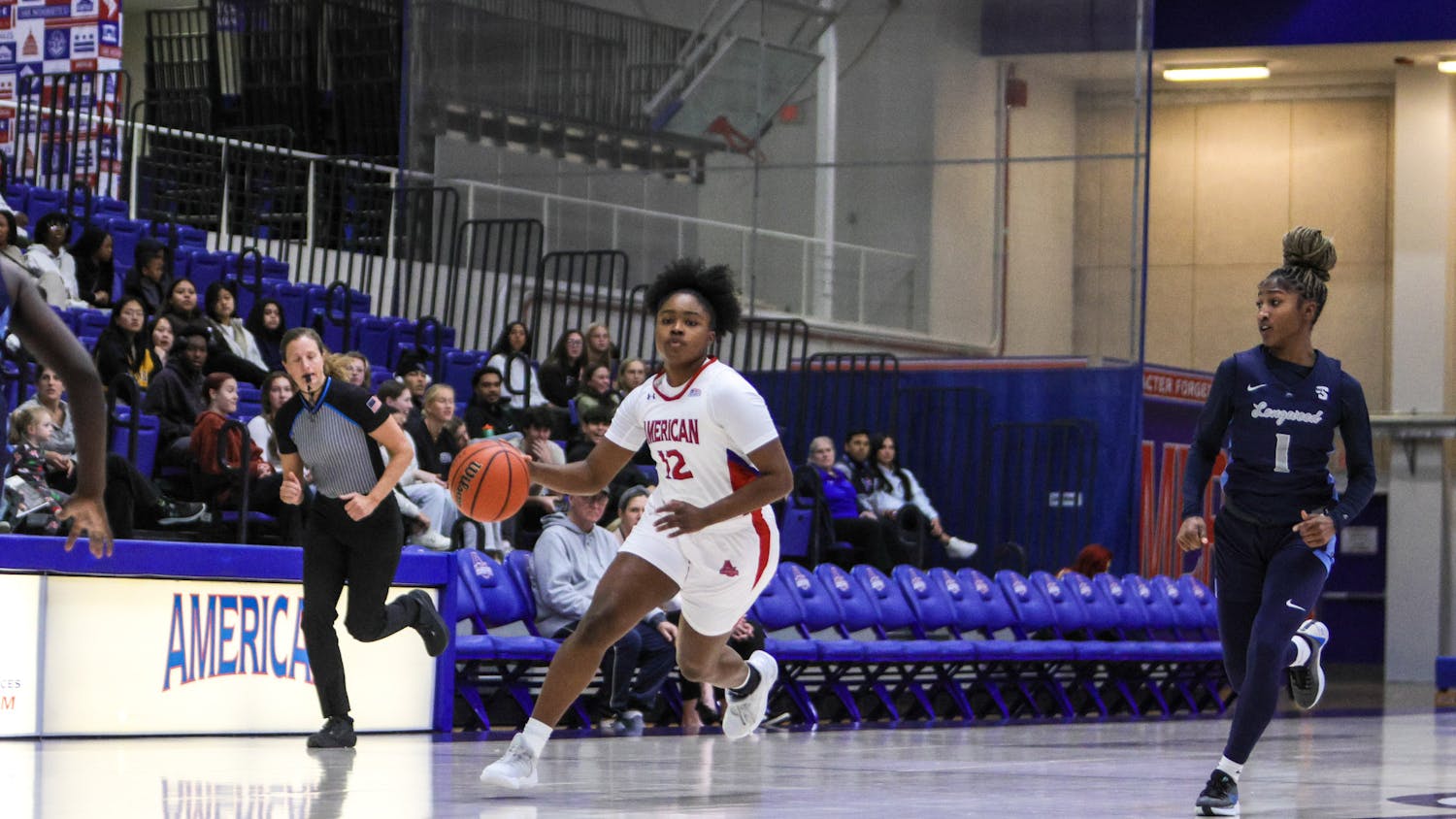American University removed two smokestacks in December, which previously worked as part of an oil-burning heating system on campus, as part of its ongoing green initiatives.
The smokestacks funneled exhaust from three oil-burning steam boilers, which provided heat for campus facilities until their use was discontinued in January 2020. The University fully switched to a new heating system, which was expected to be completed in October 2019. The present system is cleaner, uses natural gas and nearly halves carbon dioxide emissions.
“The important thing is it was an old, oil-fired boiler and a dirty stack. Now it’s modern, natural gas-burning high-efficiency boilers heating the campus,” said Mark Freedman, manager, energy utility operations.
The University contracted demolition company ACECO for the removal. The University and ACECO both declined to disclose the project’s cost, but ACECO told The Eagle the University paid them less than $500,000. Kelvin Richardson, the University’s assistant director of capital program management, noted the project was part of the overall budget for capital renewal, an investment program designed to improve and address issues with campus facilities and equipment.
Preparations for the removal began on Dec. 13 and the project was completed on Jan. 7. The removal process was complicated by the need to avoid disruption of seismic-sensitive experiments in a nearby building, as well as the need to complete the project before students returned to campus.
During the removal of the first stack, contractors used a crane to move the debris as it came down.
“Based on lessons learned with the first stack, we went on to the second stack and [could] go ahead and drop that debris down inside the center of the stack,” said Michael Fadrowski, ACECO’s vice president of operations.
The smokestacks were primarily brick and concrete, with some metal components. In compliance with D.C. Department of Consumer and Regulatory Affairs regulations, 75 percent of the leftover materials were recycled, per a waste management plan created by ACECO and pre-approved by the University. The remaining 25 percent went directly to a landfill, according to the University.
The material was collected in a designated masonry debris dumpster and sent to a corporate landfill facility to be processed. Fadrowski said the facility is responsible for processing the material to confirm what can be recycled and generating a report for ACECO, which will be passed on to the University by the end of January.





